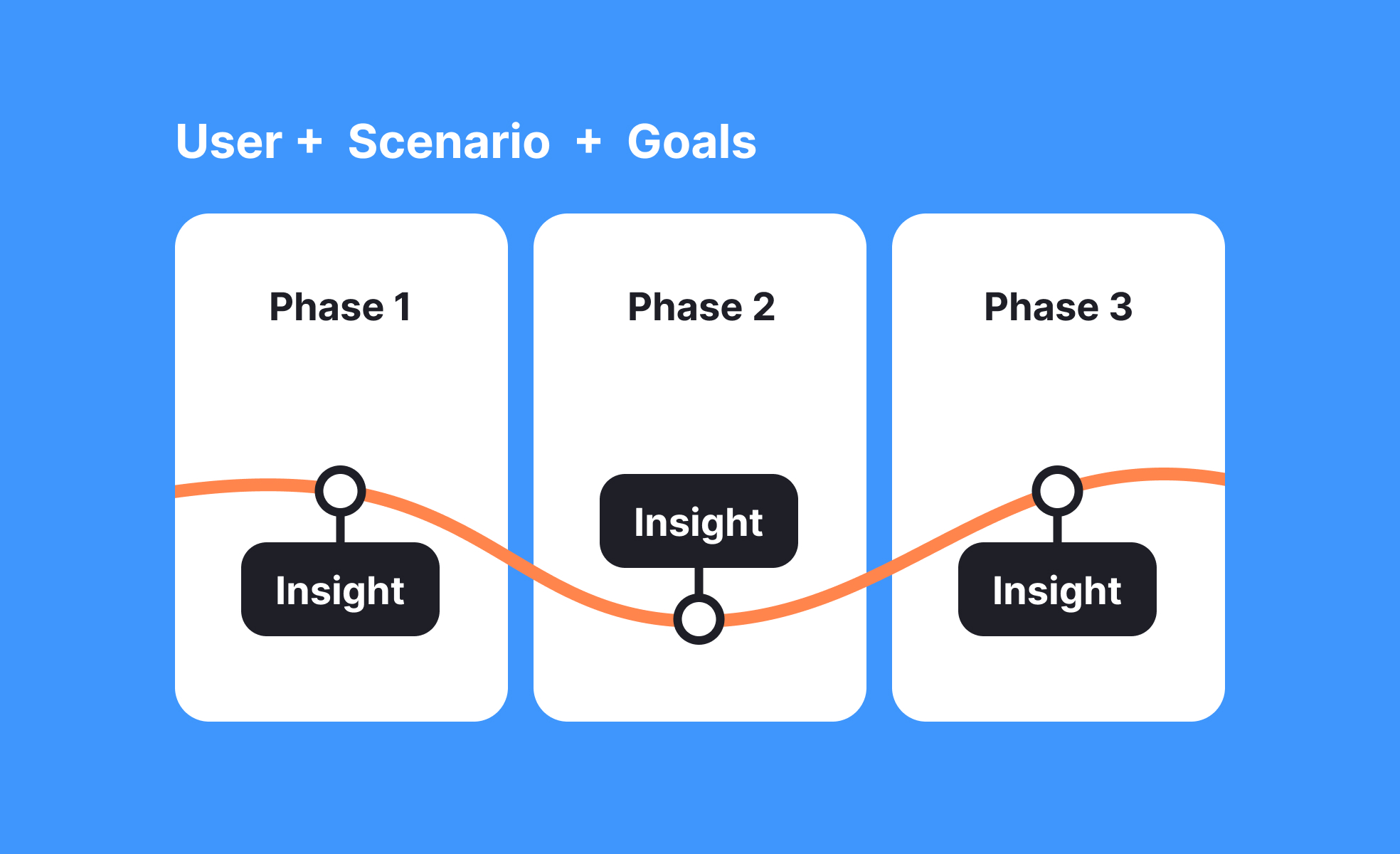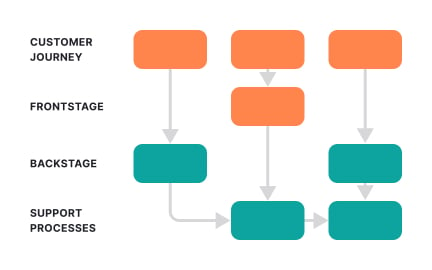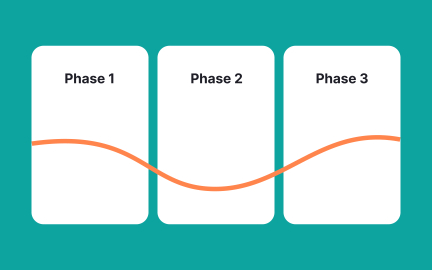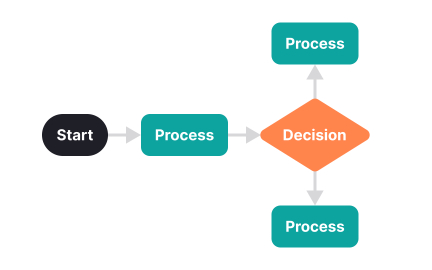User Journey Mapping
User journey mapping is the process of visualizing the steps and feelings a user experiences with a product, helping teams identify problems and opportunities.

TL;DR
- Visualizes complete user experiences across touchpoints.
- Includes actions, emotions, and pain points.
- Aligns teams around user needs and context.
- Reveals opportunities for improving experiences.
Definition
User journey mapping is a research and design method that creates visual representations of the steps and emotions users go through while interacting with a product or service.
Detailed Overview
User journey mapping is a cornerstone method in UX research and product design. It translates complex experiences into structured diagrams that highlight actions, decisions, and emotions across time. By combining functional and emotional perspectives, journey maps help teams understand not just what users do, but how they feel along the way.
A frequent question is how journey mapping differs from user flow mapping. Flows capture the logical sequence of steps within an interface, while journey maps add emotional context, highlighting frustrations, delights, and unmet needs. For example, a flow might show how a user moves from product search to checkout, but a journey map reveals the anxiety users feel if shipping costs appear late in the process.
Another common query is what elements belong in a journey map. Core components include stages of interaction, user goals at each stage, actions, emotions, touchpoints, and pain points. Some maps also include business opportunities or team responsibilities. This layered approach makes them versatile tools for both design and strategy.
Journey maps are often used in workshops with cross-functional teams.
By building maps collaboratively, designers, researchers, product managers, and engineers align around a shared understanding of the user experience. This fosters empathy and reduces miscommunication, creating stronger consensus on where improvements are needed.
Teams also ask when to create journey maps. They are useful early in product planning to understand current experiences, but they can also be applied after launch to evaluate real-world use. Iterating on journey maps over time helps teams track how experiences evolve as products grow or customer expectations change.
Finally, journey mapping supports innovation. By spotlighting pain points, maps show where interventions will have the greatest impact. They also highlight opportunities for differentiation, helping organizations move beyond fixing problems to designing experiences that delight and retain users.
Learn more about this in the What is Journey Mapping Lesson, a part of the Introduction to Customer Journey Mapping Course.
Flows show task sequences, while journey maps add emotional context. Journey maps capture frustrations and satisfactions that flows cannot.
Together, they give teams a fuller understanding of user behavior.
Stages, actions, goals, emotions, touchpoints, and pain points are common elements. Some maps also include business opportunities.
This structured detail connects design to both user and organizational needs.
Journey maps are valuable in early planning to understand user experiences and after launch to assess real use.
Regular updates help track evolving expectations and product changes.
They give cross-functional teams a shared artifact to discuss user experiences. Building maps together fosters empathy and reduces silos.
This alignment makes design improvements more targeted and effective.
They reveal pain points that harm retention and opportunities that strengthen differentiation. By addressing these, organizations improve satisfaction and loyalty.
This makes journey mapping both a design and a strategic tool.
Recommended resources
Courses

Introduction to Customer Journey Mapping

Color Psychology

UX Writing
Lessons

UX Design Deliverables

User Journey & Experience Maps

Customer Journey Mapping
Projects

HireHarbour Allies: UX/UI Case Study for Inclusive Landing Page

2024 APP UI DESIGN SHOWREEL












